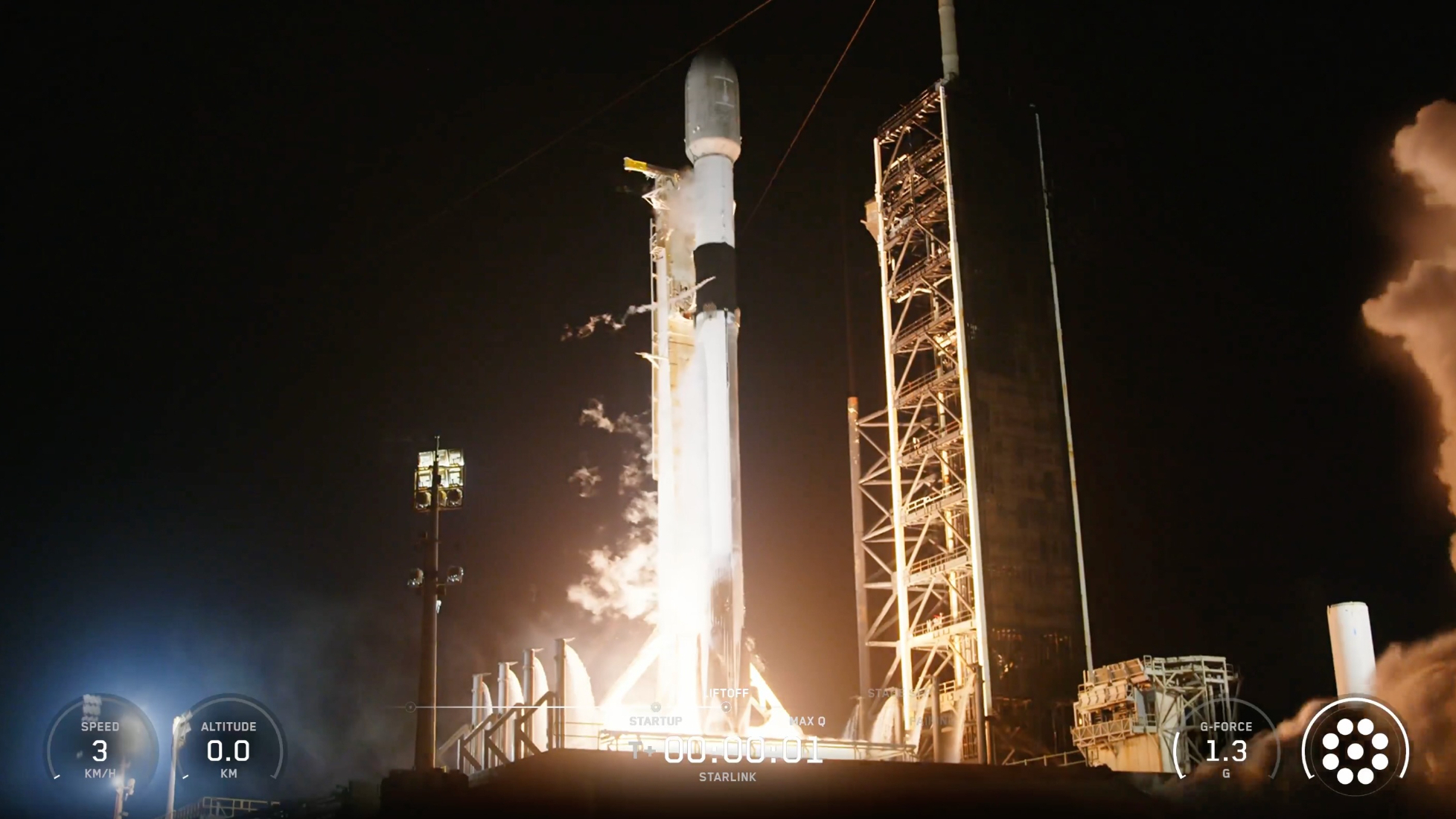Missing Helium Mystery Solved: Big Stars Ate It

For years,astrophysicists have tried to reconcile a cosmic discrepancy: the universe held much less helium 3gas than was predicted by models of stellarevolution. But by using new 3-dimensional models, scientists think they'vediscovered where all the helium 3 went - it was destroyed by the very stars that were thought to eject it intospace, according to a new study.
Just afterthe BigBang, the gases that made up the universe were predominately hydrogen,with 10 percent helium 4 and just .001 percent helium 3.
Butastrophysicists thought that "several times that much [helium 3] ought to havecome by later [stellar] evolution," said Peter Eggleton, an astrophysicist atLawrence Livermore National Laboratory and lead author of the study, whichappeared in the Oct. 26 issue of Science Express.
Accordingto previous models of stellar evolution, low mass stars (about 1 to 2 times thesize of our Sun) should have producedlarge amounts of helium 3 and increased its percentage in the universe to .01.
Butobservations showed that the amount of helium 3 in the universe still at .001percent.
"It was oddthat the helium 3 didn't seem to pile up," Eggleton said.
Astrophysicistshad tried to come up with what Eggleton called "flimsy ideas" to explain thediscrepancy.
Breaking space news, the latest updates on rocket launches, skywatching events and more!
In what hedescribed as a case of serendipity, he and his colleagues found the answer ofthe missing helium 3 while they were modeling a "near explosion" called ahelium flash, which occurs when a star switches from burning hydrogen toburning helium.
Stars likethe Sun burn hydrogen at their cores for nearly 10 billion years. As the star ages,it exhausts all the hydrogen at its core to become a redgiant and begins to burn helium. The star also losesmuch of its mass through stellarwinds. The expelled material was thought to be rich in helium 3. (Heavierelements like carbon,nitrogen, and oxygen have accumulated in the universe through this samemechanism.)
Whilemodeling the helium flash, Eggleton and his colleagues found an unexpectedinstability elsewhere in the star that "seemed to explain two phenomena thathad been a bother for several years," Eggleton said.
Theinstability mixed helium 3 in the outer layers of the star into deeper layerswhere it was hot enough for it to be burned up ─ solving the problem ofwhere all the helium 3 went to.
Theinstability also explained why older stars were observed to have increasing abundancesof carbon 13 and nitrogen 14 when they weren't expected to. Like the helium 3,carbon 12 and nitrogen 13 located nearer the surface were also mixed deeperinto the star where they were converted into carbon 13 and nitrogen 14respectively.
"Now itseems that a perfectly respectable mechanism is" behind the discrepanciesastrophysicists have been trying to explain for decades, Eggleton said.
- Top 10 Star Mysteries
- Hubble Captures Rare Image of Star's Dying Burst
- Thank the Stars for Carbon-Based Life
- All About Stars

Andrea Thompson is an associate editor at Scientific American, where she covers sustainability, energy and the environment. Prior to that, she was a senior writer covering climate science at Climate Central and a reporter and editor at Live Science, where she primarily covered Earth science and the environment. She holds a graduate degree in science health and environmental reporting from New York University, as well as a bachelor of science and and masters of science in atmospheric chemistry from the Georgia Institute of Technology.
